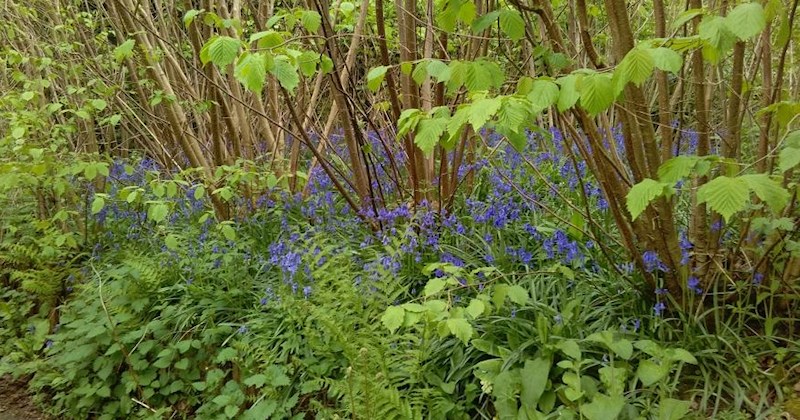Hazel Bank
The Hazel Bank is one of the first areas to show signs of spring as clumps of snowdrops flower on the bare bank as early as January. In contrast to the brown shiny bark of the hazel branches, yellow catkins appear from mid-February. Hazel trees have both male and female flowers. The catkins are the male and the female flowers are small and bud like. These buds, once pollinated will turn into fruits that mature into a nut.
Primroses and cowslip emerge from the woodland floor from January, followed by a carpet of bluebells and ferns.
As the leave start to cover the trees other plants emerge in the leafy shade. Protected from the sun, the ground retains more moisture and different fungi can be seen.
The nuts rarely mature as they are popular with squirrels and the discarded green fruits can be seen along the path.
Parts of the bank are coppiced every year, usually in Autumn. Coppicing is cutting the tree at ground level to encourage more stems, rather than one large trunk. By thinning woodlands by coppicing it allows more light onto the woodland floor to encourage woodland plants to grow and attract more butterflies and other wildlife. Some of our coppiced wood can be found supporting larger plants around the Hawthorns garden, although much is left along the bank to provide shelter for wildlife.
What to look out for
Winter/Spring
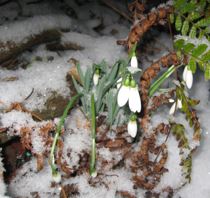 Snowdrop
Snowdrop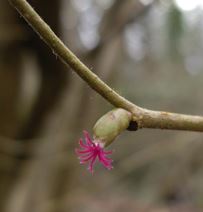 Hazel flower
Hazel flower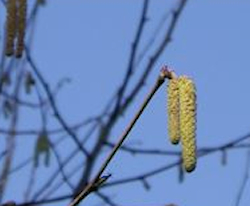 Catkin
CatkinSummer
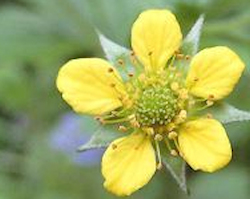 Flower
Flower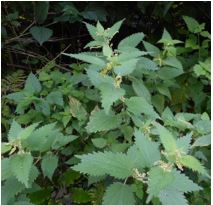 Nettles
Nettles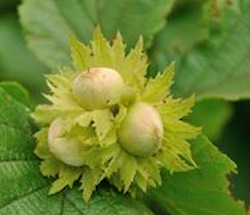 Cob nuts
Cob nutsAutumn
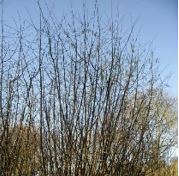 Twigs
Twigs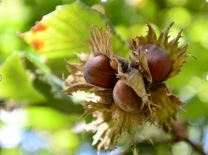 Cob nuts
Cob nuts Cob nuts
Cob nuts

